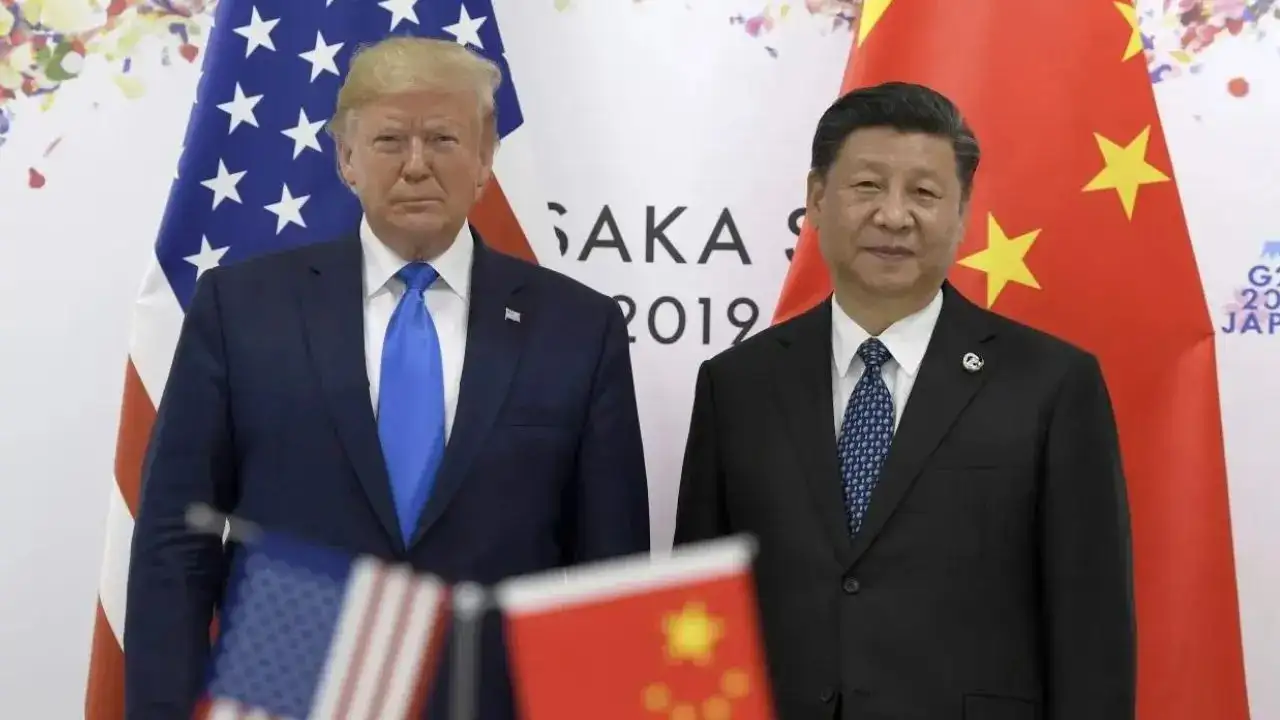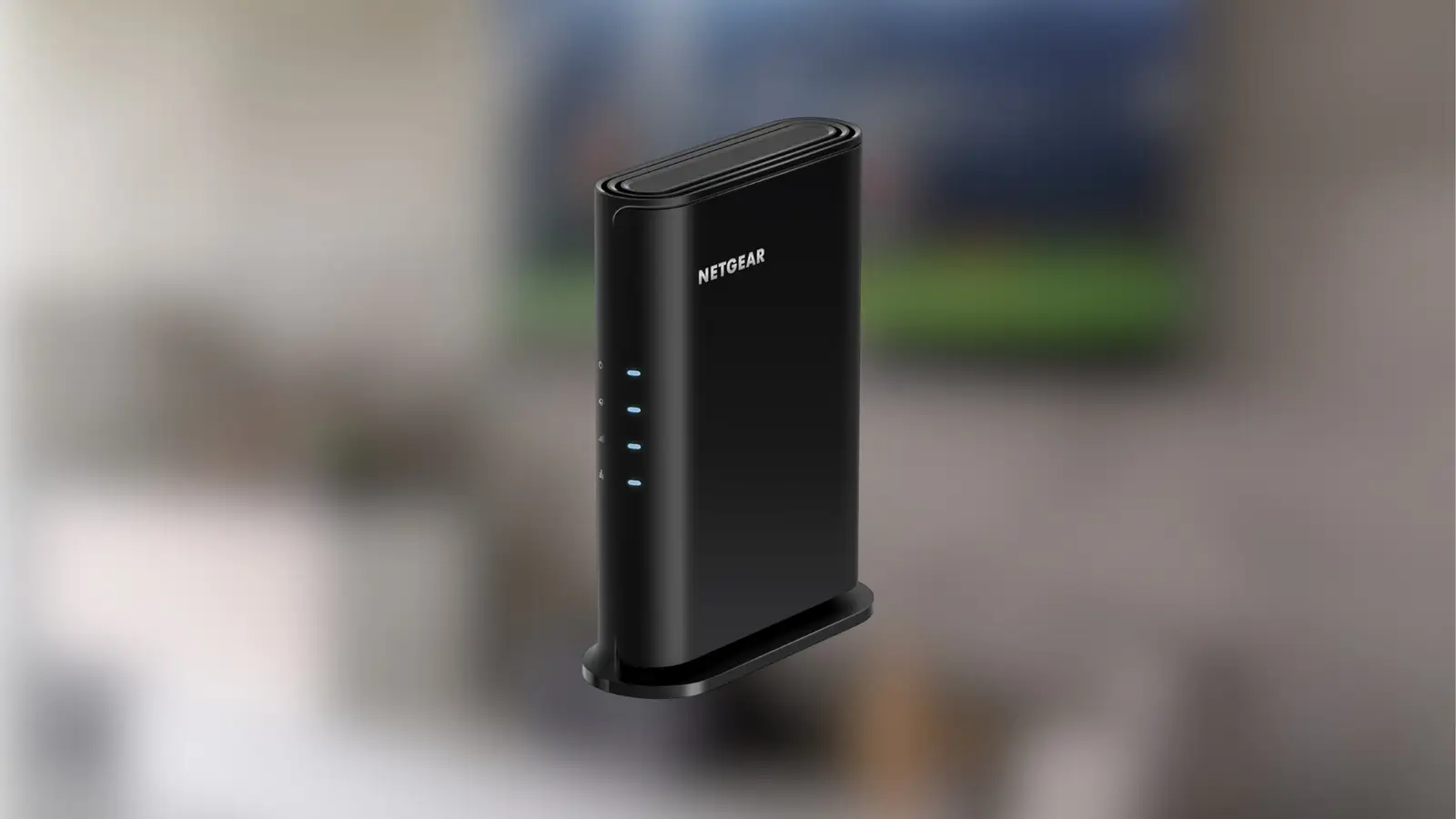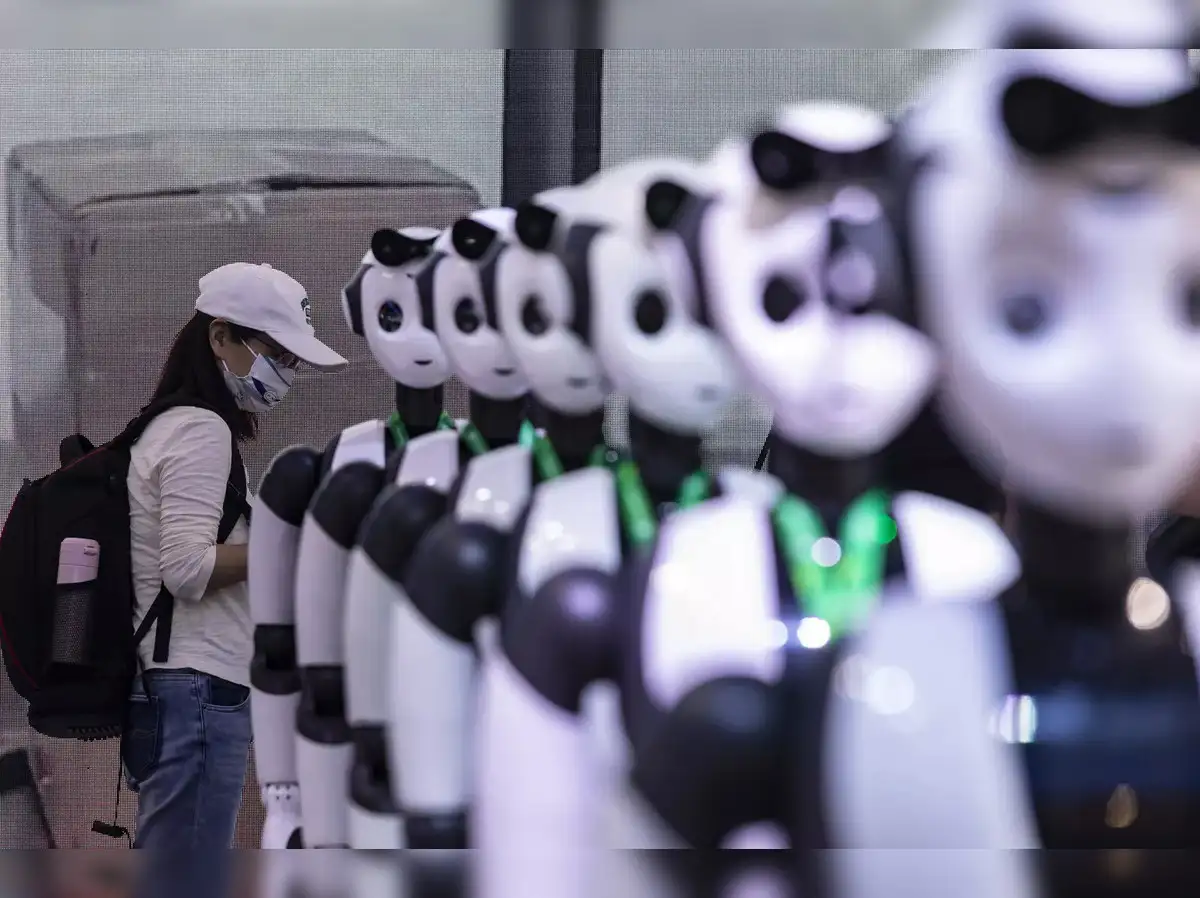By Rounak Bagchi
Copyright timesnownews

For decades, the US H-1B visa has been the ultimate gateway for young engineers, researchers, and technology professionals from India, China and across the Global South. It promised Silicon Valley jobs and the possibility of long-term residency. However, a controversial $100,000 fee on new H-1B petitions, announced by US President Donald Trump, has left companies unsettled and workers questioning whether the visa is still worth the gamble. Into that uncertainty, China is stepping with its new K visa, set to launch on October 1, 2025. What the US H-1B Offers and Costs The H-1B visa is designed for foreign professionals to work in specialised fields, particularly STEM. More than 70% of current H-1B holders are Indian nationals, according to US data. The Trump administration’s new policy imposes a $100,000 petition fee on fresh applications. The White House framed the change as a national security measure to counter “abuse” of the system. Initial reports triggered panic among professionals, but White House spokesperson Karoline Leavitt later clarified the details. The $100,000 charge is not an annual fee, but a one-time payment for filing new petitions. Existing H-1B holders already in the US will not be affected. Foreign workers with valid H-1B visas outside the US can still re-enter without paying the fee.The US Citizenship and Immigration Services (USCIS) confirmed the change applies only prospectively, to petitions not yet filed. China’s New K Visa Beijing is offering an alternative route for global talent. In August, China’s State Council unveiled the K visa category, the first new visa type introduced in years. According to the Ministry of Justice, the visa targets foreign youth with bachelor’s degrees or higher in STEM fields from recognised universities or research institutions in China or abroad. Key features include: No employer invitation required: Applicants do not need a Chinese entity to sponsor them. Multiple entries, longer validity, and extended stays compared to China’s 12 existing visa types. Eligibility extends to those in education, research, science, technology, culture, and entrepreneurial fields. Applicants must provide proof of qualifications and evidence of professional or research engagement. Local media reports suggest the application process will also be more streamlined. While the US move increases barriers to entry, China’s new visa is pitched as more flexible and welcoming. Beijing hopes the K visa will attract global STEM graduates and professionals who may now think twice about America. Immigration advisers note that while the H-1B still offers the prestige of a US tech career and potential long-term residency, the financial and political risks have grown. The K visa, by contrast, prioritises academic and professional exchanges, potentially giving China a new edge in the global competition for skilled talent.



